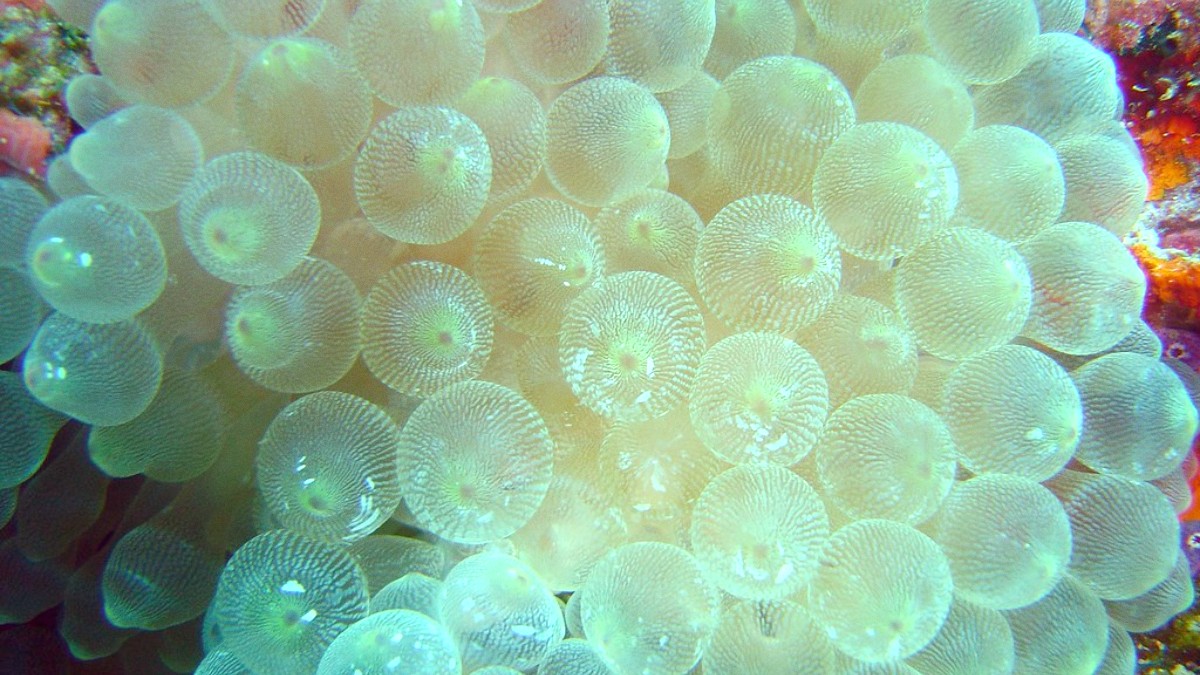
Micronesia
Prepare for a journey that transcends typical travel, creating a connection to the past through an unparalleled underwater museum.
Chuuk, formerly known as Truk, holds immense historical significance, mainly from its role during World War II. Before the war, it served as a German colony, then a Japanese mandated territory. The Japanese Imperial Navy developed Truk into its main forward operating base in the Pacific, nicknamed "Gibraltar of the Pacific."
On February 17-18, 1944, "Operation Hailstone" launched by the United States attacked the Japanese fleet by surprise, sinking over 60 warships and merchant vessels, along with hundreds of aircraft. This operation crippled Japan's naval capabilities in the Central Pacific. The sunken fleet remains largely undisturbed, an unique underwater museum, considered war graves containing the remains of those who perished.
Federated States of Micronesia (FSM), Western Pacific Ocean. Tropical rainforest climate: consistently warm, humid, and rainy year-round. Temperatures average 78-84°F (25-29°C). Drier months are January to March. Typhoon season runs from June to December.
United States Dollar (USD). ATMs are scarce, bring plenty of cash. U.S. Citizens do not need a visa for stays up to one year. Many other nationalities enjoy visa-free entry for shorter periods. A passport with six months validity and an onward ticket are required.
The main draw. Explore dozens of WWII wrecks, from cargo ships to warships and aircraft. Opportunities for technical diving.
Limited tours on Weno to see WWII remnants (bunkers, guns) and experience local village life.
Mainly dive resorts on Weno Island, with comprehensive packages that include diving, meals, and lodging.
Based on local staples like taro, breadfruit, and fresh fish. Dining options are mostly at resort restaurants.
Chuuk International Airport (TKK) on Weno Island serves as the main entry point, mainly via United Airlines' "Island Hopper" flight. Local transport on Weno includes informal shared taxis (pickup trucks/vans). Inter-island travel within the lagoon uses boats, usually arranged by dive operators.
Generally safe for tourists, but petty crime may occur. Health facilities are basic; comprehensive travel insurance with medical evacuation coverage is highly recommended, especially for divers. Drink only bottled or purified water.
Chuukese culture is conservative. Dress modestly outside resorts, especially when visiting villages or religious sites. Always ask permission before taking photos of people. Respect the wrecks as war graves and do not remove artifacts.
Best for: Experienced scuba divers, history enthusiasts, and travelers seeking a remote, unique cultural experience with a strong focus on underwater exploration.
When booking your trip, confirm current weather patterns and typical conditions with your chosen dive operator, as they possess up-to-date local knowledge.
Scan or photograph all your important documents (passport, visa, flight tickets, insurance policy) and save them to a secure cloud service and on your phone. This creates accessible backups in case of loss or theft.
Plan your trip during the January to March dry season for the calmest seas and best underwater visibility.
ATMs are scarce. Bring plenty of USD cash, including small denominations ($1, $5, $10).
Pack all toiletries, medications, reef-safe sunscreen, and insect repellent. These may be expensive or unavailable.
For divers, specialized dive insurance (e.g., DAN - Divers Alert Network) for recreational diving activities and treatment for decompression sickness is a good consideration. Some standard travel policies exclude this.